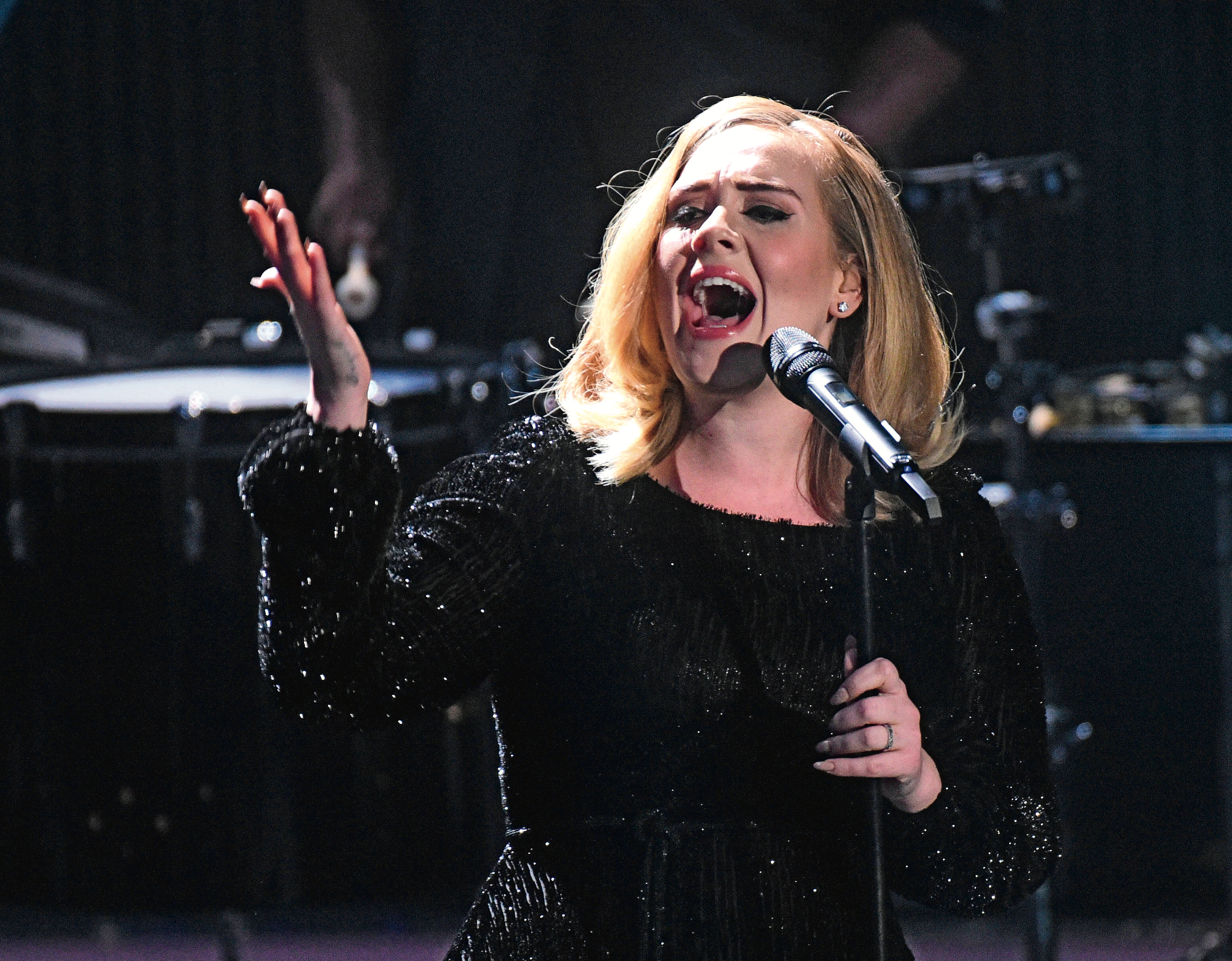What makes the perfect pop song, one that will rocket to the top of the Billboard charts?
According to Michael Mauskapf of Columbia Business School and Noah Askin of the INSEAD business school in France, data analysis provides some answers. The researchers, who recently examined the acoustic qualities of the nearly twenty-seven thousand songs that appeared on the Billboard charts between 1958 and 2016, found that the most popular tunes sound different — but not too different.
“Really successful tunes strike a delicate balance between innovation and familiarity and stand out from the competition without alienating listeners,” says Mauskapf, a Columbia assistant professor of business. “This drives an evolution of the art form.”
The authors cite Adele’s “Set Fire to the Rain,” Justin Bieber’s “Sorry,” and Rihanna’s “Diamonds” as songs that have topped the charts in recent years because they were “optimally different” from the competition.
Mauskapf and Askin’s paper is based on their analysis of data from the music-streaming service Spotify, which characterizes songs by key, tempo, mode, and time signature, as well as by novel measures like “danceability,” “liveness,” “acousticness,” “instrumentalness,” “speechiness,” and emotional positivity. While Spotify scrutinizes this data to understand its subscribers’ listening habits, Mauskapf and Askin used it to determine the degree to which individual songs are representative of their time periods.
The researchers say that further analysis of the data could reveal more nuanced details about the way pop-music trends emerge, shift, and fade over time — information that could be of interest to musicologists and cultural historians, as well as artists.
“One of the lessons of our study is that no matter how hard record companies try to manufacture hits, they’re never going to be able to do so merely by churning out what’s been popular in the past,” says Mauskapf, whose study appears in the American Sociological Review. “Audiences always demand freshness.”



